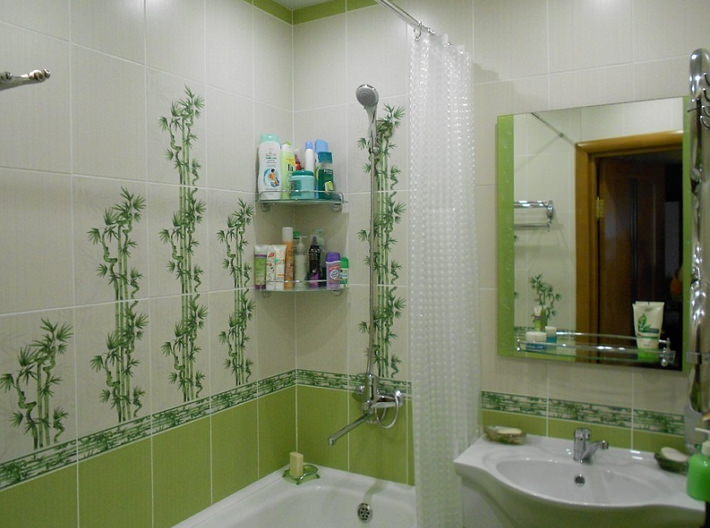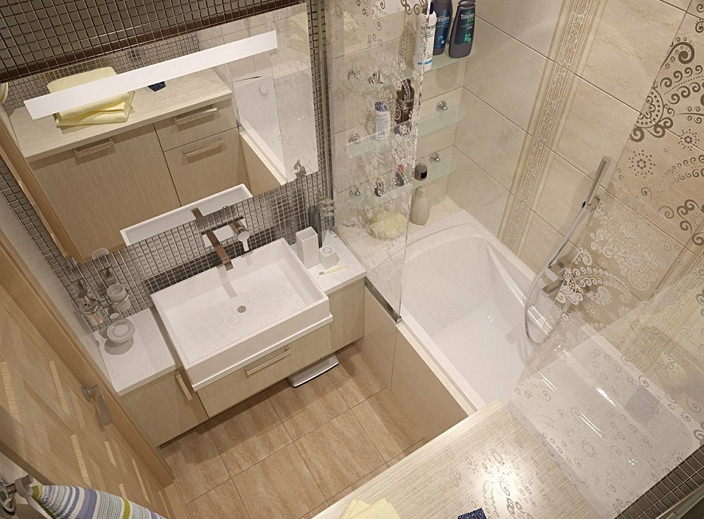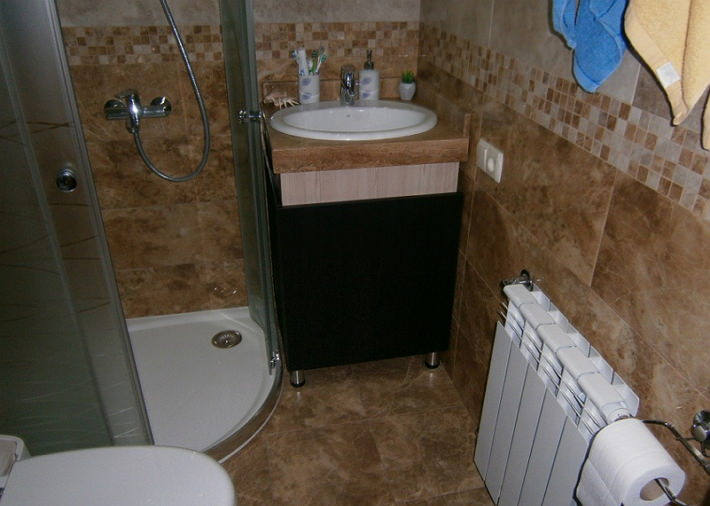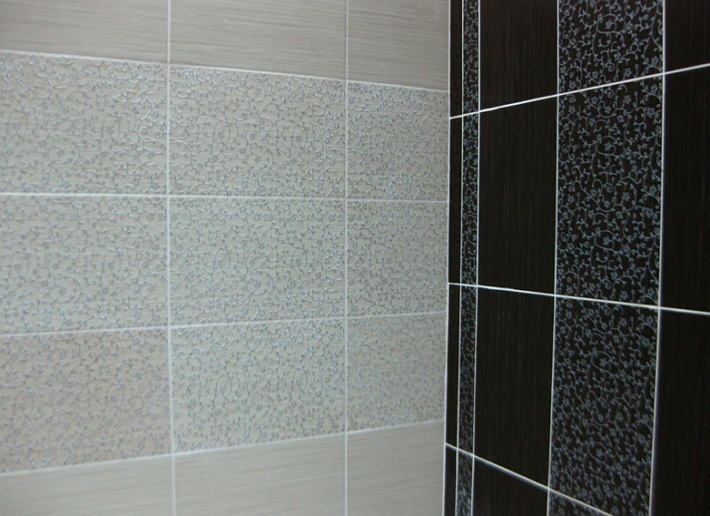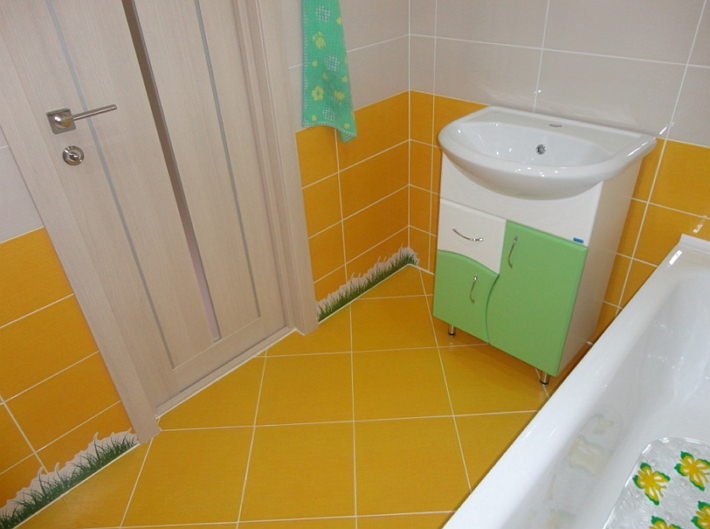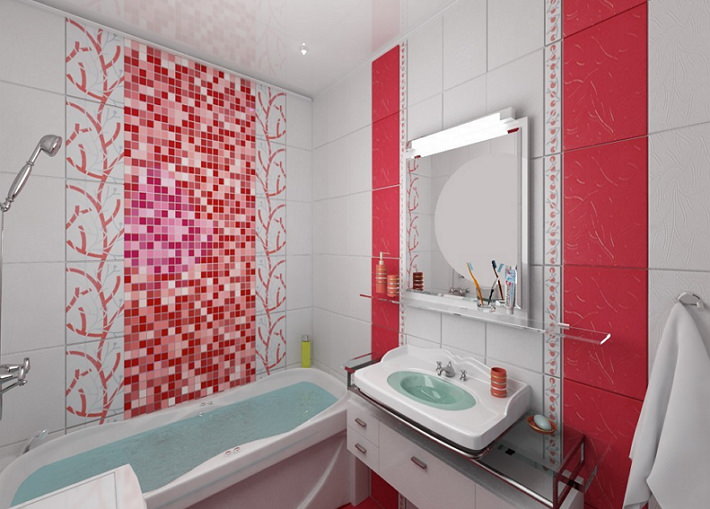Options for finishing the bathroom with tiles photo
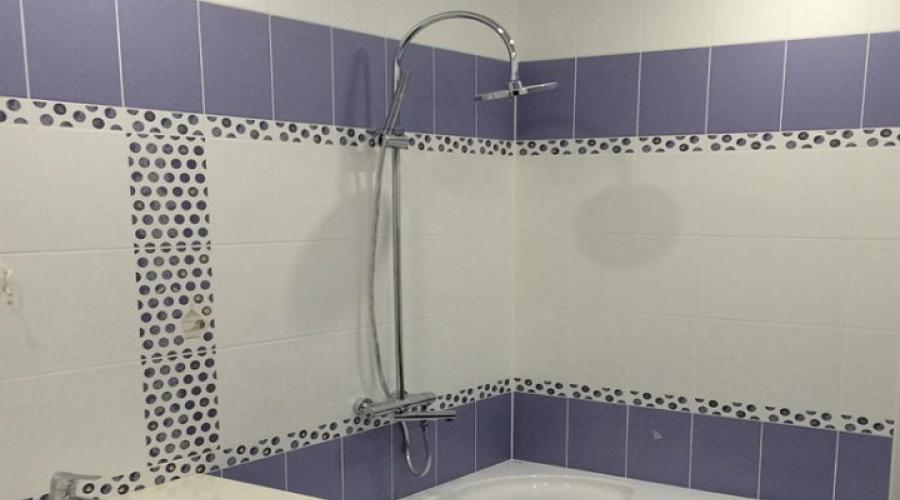
The bathroom is not only a place for hygiene, but also an intimate space for relaxation. Therefore, the design of this room should embody style, sophistication, simplicity and comfort. Ceramic tiles for small and medium-sized bathrooms are a beautiful and functional material for wall and floor cladding. For a space in which high humidity and water constantly gets on the walls and floor, tiles are the best choice.
Decorating a bathroom with tiles is not an innovation for a long time, but the popularity of this cladding method is only growing, because the choice of tiles allows you to embody the most daring, original and modern solutions without sacrificing comfort and convenience. Having successfully selected fashionable tiles for facing a small bathroom, you can make even the smallest room cozy and beautiful.
Pros and cons of bathroom tiles
Unlike other rooms in an apartment or a private house, the design of the bathroom should not only be stylish, fashionable, beautiful, but also resistant to various types of influences:
- temperature difference;
- high humidity;
- abrasive and chemical cleaners.
It is very important to take these points into account, because due to the specific microclimate of bathrooms, the probability of reproduction of bacteria and fungi that are harmful to human health is very high. Therefore, bathroom and toilet tiles must be environmentally friendly, easy and good to clean, and on the other hand, withstand the constant impact of the factors listed above.
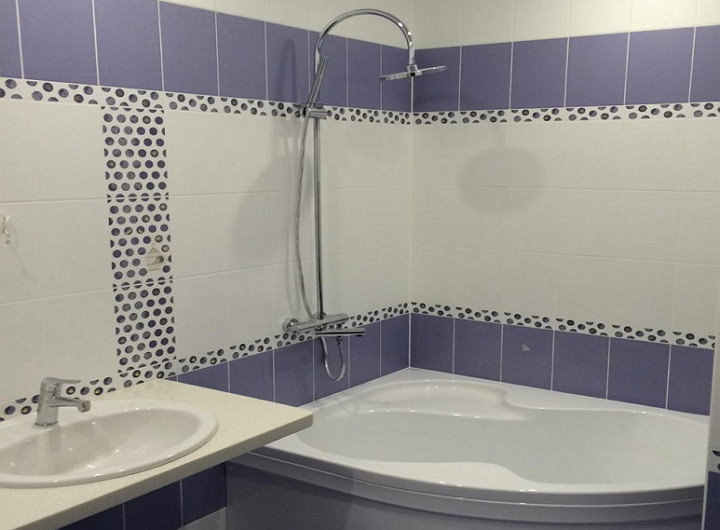
Ceramic tiles have a lot of advantages that far outweigh a few minor disadvantages. The range of tiles for walls and floors, and sometimes ceilings, bathrooms is very wide. Regardless of the material of manufacture, color, size, shape and structure, modern trendy tiles for a small bathroom have the following advantages:
- moisture resistance - in comparison with other materials for lining bathrooms, it has the highest level of resistance to conditions of high humidity;
- practicality - easy to care for with chemical and abrasive cleaners;
- strength - with proper installation and proper care, tiled cladding can last for decades, moreover, the tile is able to withstand heavy weight and high pressure;
- durability - the surface decorated with tiles does not fade over time, its pattern does not fade or fade;
- a wide range of different shapes, sizes, colors and textures;
- wide price range - even with a limited budget, you can find the perfect combination of price and quality;
- environmental friendliness and safety - in the process of manufacturing tiles, all kinds of toxins, allergens, harmful microflora are destroyed, while the environment is not polluted;
- versatility - tiled design will easily fit into any style of bathroom;
- high level of fire safety.
This photo demonstrates how a 3D panel can transform even the smallest room:
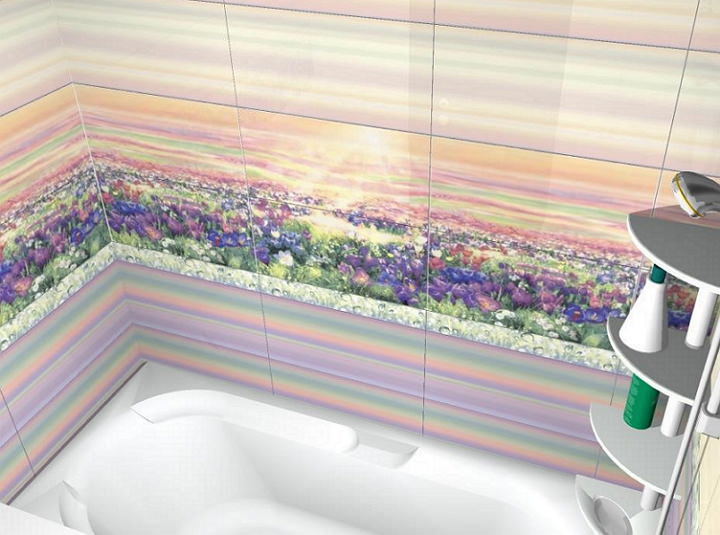
The disadvantages of bathroom tiles are not so significant:
- installation complexity;
- inability to avoid connecting joints;
- high cost of installation (the tile itself, glue, work, grout);
- the need for careful care of the seams.
These disadvantages are more than offset by the advantages listed above.
What material should I choose for bathroom tiles?
There are several basic types of tiles that can be used to decorate walls and floors in a small bathroom. Let's consider each option in more detail.
Ceramic tile is the most popular option because it is the most budgetary, not inferior to any of the advantages of finishing tiles. Pottery is made from clay mixed with sand and/or other minerals and then glazed to create a variety of patterns, textures and colors. There are three types of ceramic tiles: glossy, matte and coated.
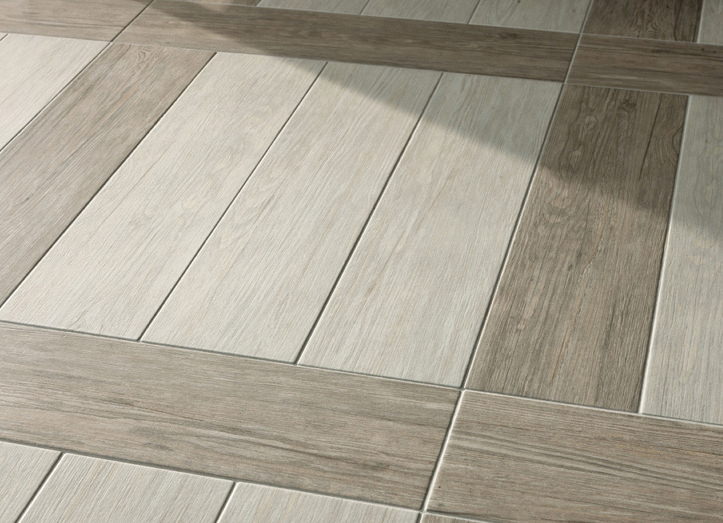
Mosaic is a subspecies of ceramic tiles, which is perfect not only for finishing flat surfaces, but also for facing complex textured surfaces of irregular shape.
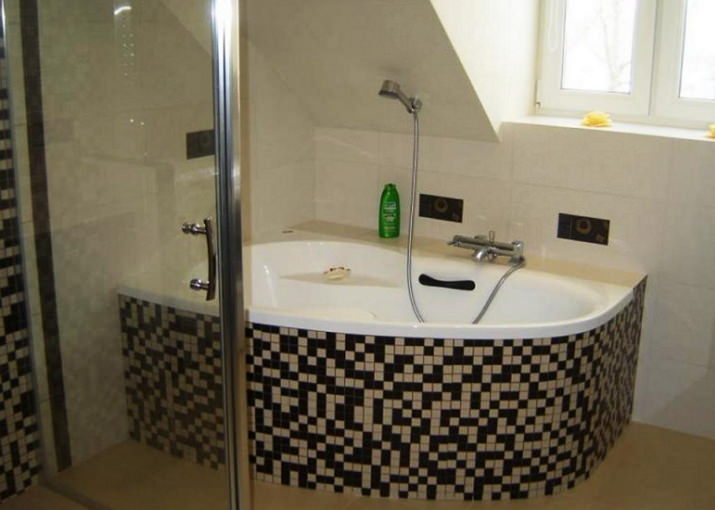
Porcelain stoneware is a tile that has all the advantages of ceramics, but with improved durability and wear resistance, is similar in composition to porcelain, but looks like stone. Such a tile is able to withstand high pressure, mechanical and thermal stress, falling heavy objects and has almost zero liquid absorption. Porcelain stoneware is ideal for flooring.
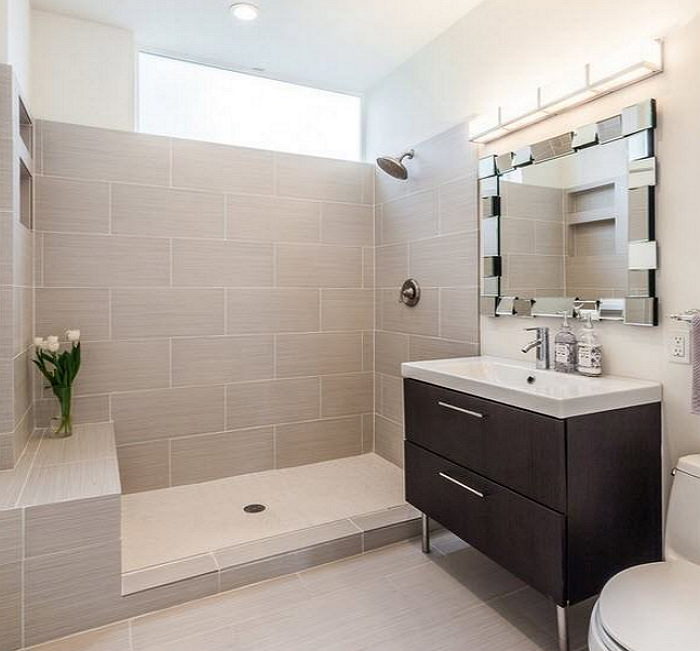
Stone tiles - natural stone (granite, marble, basalt) is used for its production or natural materials are imitated with the help of artificial ones in order to reduce the cost of tiles. The unusual texture allows you to create unique interior options, however, natural stone has an increased risk of bacterial growth and is often covered with microcracks from mechanical stress.
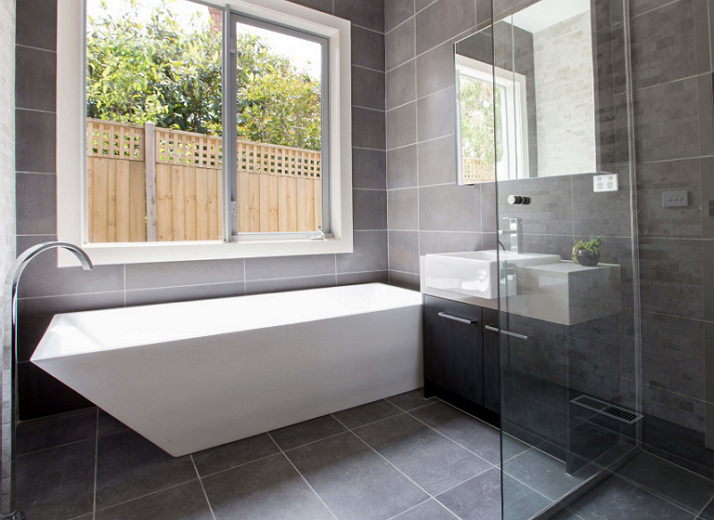
Glass tiles - create an elegant and noble bathroom design in a futuristic style. It looks very attractive both in the design of the walls and the floor. It can be colored, transparent and translucent, glossy, matte, smooth and textured. Textured glass is more difficult to care for. Using glass tiles, you can make a stylish partition if the bathroom is combined with a bathroom or shower. However, the glass cladding gives the room some coldness.
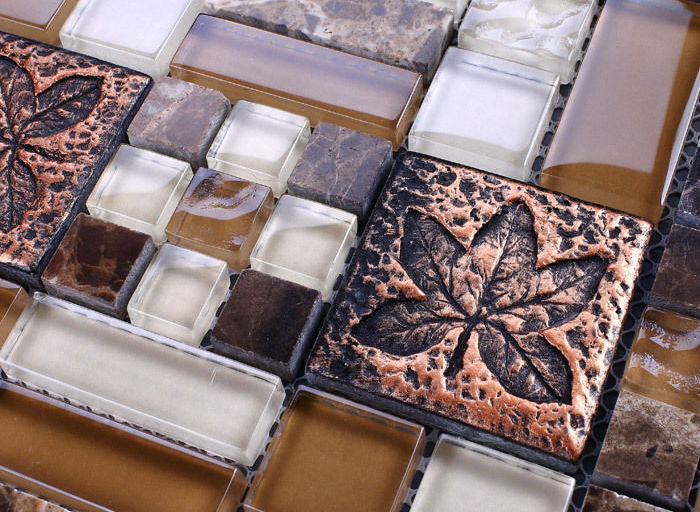
Mirror tiles are not popular with designers, but in a bathroom, especially a small one, its use is very beneficial. The main thing is not to clad the walls completely, it is better to combine with other types of tiles. Such a lining, although it quickly gets dirty, but it is perfectly cleaned.
Advice! Mirror tiles can decorate one wall completely.
Making a small bathroom with mirror tiles, as in the photo, allows you to visually enlarge the room:
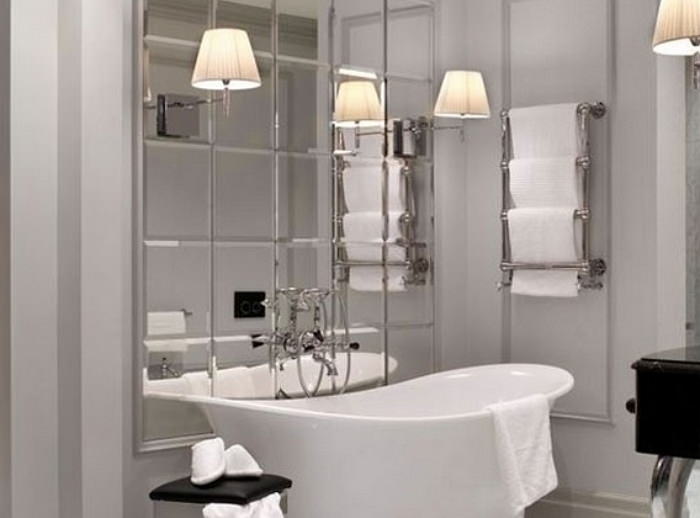
To create the interior of a small bathroom, it is not necessary to use only one tile material. Combinations of two or three types and colors will look very interesting and stylish.
Size matters!
Of great importance is the size of the facing tiles, the choice of which depends not only on the area, but also on the shape and complexity of the geometry of the bathroom surface:
- Small tiles and mosaics allow you to correct any irregularities in the surface, ideal for rooms with curves, columns, arches or niches. However, the small size visually conceals the space of an already small room. Therefore, a mosaic or a small tile is often combined with a standard one.
- A standard 20x30cm tile is best suited for medium or large bathrooms, as the frequency of joints will be very noticeable in a small room.
- The average tile 25*40 cm is ideal for a small space.
- Large tiles larger than 25*40 cm are ideal for floor and wall cladding, both in large and small bathrooms, as the number of seams is minimized. But in the case of small rooms, it is necessary that the room be straight, without bends.
The size of the tile must be selected so that it has to be cut as little as possible.
Depending on how the tiles are laid, a small bathroom can be visually expanded or ceilings can be raised. Oblique or staggered styling can visually enlarge a small room:
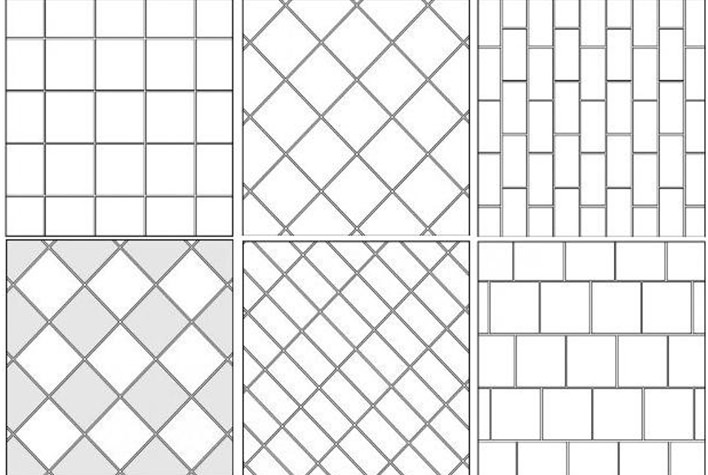
The choice of tile size directly depends on the shape of the bathroom. For a narrow room, a tile is better, the dimensions of which are 15 * 30, 30 * 30, 30 * 60, 45 * 45 or 60 * 60. In this case, the cladding is best done across, and not parallel to the ceiling. For a square room, you can choose a medium-sized square tile - 45 * 45 and 50 * 50. Small tiles are not suitable for such a room.
What color will visually enlarge the room?
When choosing the color of tiles for a small bathroom, you must consider the quality of lighting: the less light, the lighter the cladding should be. In any case, for small rooms it is better to choose light shades, but you should not decorate the entire room in one color. You can choose two or three shades from the same color range, since sharply contrasting colors visually reduce the room.
Remember that warm tones energize a person, and cold tones calm the nervous system!
Saturated colors expand the room, and dark shades will make it gloomy and depressing, visually reducing the space. Warm colors look nice in the bathroom, but if the bathroom has a shower, it is better to choose cool colors that will create a feeling of spaciousness.
For interior design of small bathrooms, the following colors and shades are ideal: sand, yellow, muted orange; light blue, marine shade; light green, muted green; pale pink, peach; ivory, gray with a pearly sheen; terracotta, muted lilac and lavender. To use several colors at once, mosaic should be preferred.
The nuances of facing a small bathroom with tiles
Summing up, we list the main points that should be considered when decorating a small bathroom with tiles:
- Medium size is the best option.
- To expand the space, it is better to choose a smooth glazed tile or mirror tile.
- Light tiles and warm colors will enlarge the room and make it cozy.
- It is better to veneer the walls in a vertical way, and the floors in a diagonal way.
- The tile must be moisture resistant and resistant to temperature extremes.
And in conclusion, we invite you to explore the most interesting options for finishing small and medium-sized bathrooms with tiles according to the following photos:
